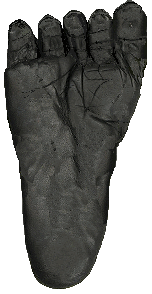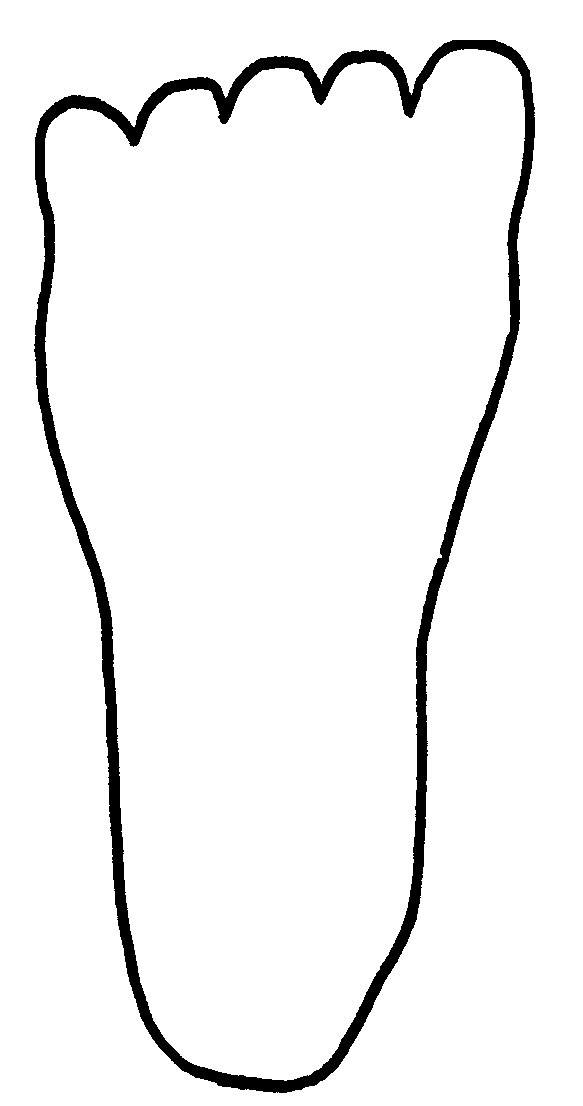|
Meet the New Sasquatch |
|||
|
The Pacific Northwest of the United States and Canada. It is a land that time forgot and a land that modern man only contemplates from the air. There are places mankind has never ventured. We are seldom distant from the sound of the logger’s buzz saw or the dime music of the honky-tonk. Our cities and towns are only little oases in a vast ocean of wilderness. They are connected by narrow arteries of roads. All around them it is a wild and mysterious place. Seed time and Winter. Nothing changes. As far as the eye can see. Forests roll There are places that have been taboo since the beginning. They are deep inside, within the winding valleys, behind the sheer cliffs streaked with mold, somewhere under the rolling forests of pines. Few have ever made it to distant mountains; fewer still beyond these into the timeless valleys. The forests are so thick that the ground underneath hundreds of thousands of square miles has never been seen, even by aerial survey. The rivers have been touched only by the sunrise and sunset. They are silver veins of liquid mercury in the bright sunlight. This is the land of Saskahaua George. The Indians told us about him a long time ago. Through the Indian agent for the Chehalis, J.W. Burns, they told us of 2 tribes deep within the mountains of the Saskahaua District. With their heavy native accents they pronounced George as “Chotch.” Burns simplified Saskahaua Chotch to Sasquatch for his White readers. Since then we have created our own legends of Bigfoot and set him on many comical flat feet to roam over the entire North American continent. But the Indians told us the truth. It is time to meet the Sasquatch all over again. Sasquatch were wild men. They lived in caves deep inside the forested mountains of British Columbia. Only a few Braves ever had contact with any of them. Those that did described a people more like Neanderthals. But they were “negro black,” usually didn’t wear clothes, and were hairy all over. They had very long arms and were about 6 to 6 and a half fee tall, but very thickset. Some of them could speak something akin to the Douglas dialect. To the Indians they were gross primitives who had no relation to a true “sawash” (Chinook Jargon for an Indian.) To the Indians they seemed as giants. They were incredibly strong. The Sasquatch were so fascinating to the Indians that they were were considered to have magical powers. Here, left, is the Bukwas, or “wild man of the woods.” This is a shaman’s mask made by the Salish Indians of the region. Through the working mouth the shaman pronounced his oracles. It is a strange mask. It shows a very non-Indian face, thick lips, disheveled hair, rough and course look. In many respects it is our Rice Burroughs novelette image of a caveman. The White Man had no reason to doubt Indian histories of a primitive conclave of strong men in the forest. Few knew the interior of the Saskahaua as well as the Indians, so they were taken at their word. Indeed, the Whites knew that Saskahaua (or Saskakaua) meant “Place of the Wild Men” before the name was changed by the colonial government to the Chehalis District. However, by the early 20th century the Sasquatch were as a people considered extinct. Thus it was a surprise in 1934 when Harrison Hills and a number of settlements on the nearby Chehalis Reservation were terrorized by “Sasquatch Men.” The eerie howls of these people frightened the Indians and Whites from their beds. Each armed themselves with guns and axes. Morning revealed that fences had been knocked over, livestock savaged, storage sheds broken into. A posse was even organized to “track the marauders down,” but no trace could be found. The closer the vigilantes came to the deep forested glades, the quicker the Indian guides deserted. On their own, the Whites couldn’t find anything. As far as Whites were now concerned, “Sasquatch” were fairy tales. How could such a people elude them and leave no trace? The Indians were indignant that they were not taken at their word. They refused to speak to Whites about it thereafter. From then on they spoke only to J.W. Burns about Sasquatch. Thus very little has come down to us since then that is reliable. Burns’ last major article was in 1940 for The Wide World, a magazine for the British Empire. Only one tangible clue had ever been found. One expedition, under Captain Warde, found caves near the Morris River (known in earlier times as the Saskakaua River) inside the mountainous area that indicated human habitation. Whoever the people had been who had lived there, they had long vacated them. There is only one other tangible clue that we have. We can, in fact, see the Saskahaua George in artwork represented as the “bukwas”-- the “wild man of the woods.” The tribal dance masks are common enough, but usually they are not rendered so well in detail as one in the National Museum of the American Indian in Washington DC (presented above). This is one of the clearest examples that show that the bukwas does not have Indian features. Nor do they have White Man’s features. Frankly, they look like our image of disheveled cavemen. Outside of the Saskahaua of British Columbia the closest description of such a similar tribe comes from Indians further north in the Yukon. Here they speak of the “Headless Valley” (The Nahanni Valley). Such wild men were said to live in there. The publication of the Fortean Society of New York, begun by famed writers Ben Hecht and Tiffany Thayer, was entitled Doubt. It carried on the work of the late Charles Fort to record the odd and unusual, though it tried to verify the facts behind the reports. In a 1950 article, they synthesize the discoveries and legends. This valley, number one legend of the Northlands, has as its background, stories of tropical growth, hot springs, headhunting mountainmen, caves, prehistoric monsters, wailing winds, and lost gold mines. Actual fact certifies hot springs, the wailing winds, and some person or persons who delight in lopping off prospectors’ heads. As for the prehistoric monsters, Indians have returned from the Nahanni country with fairly accurate drawings of mastodons burned on rawhide. . . .Already the Indians shunned the place because of its “mammoth grizzlies” and “evil spirits wailing in the canyons.” The only other description of such people is further west in the Old World. In Yakut and Siberia they were called Mulen and Chuchuna. They were wild, primitive men who became such a problem that they were apparently even hunted. This not only occurred in Czarist times but in early communist times as well. A soviet scientist, P.L. Dravert, wrote a book about the wild people and even pled that their hunting should stop. One witness to a wild man, Tatiana Il’inichina Zakharova, said of her encounter: “After the revolution, in the 1920s, inhabitants of our village met a Chuchuna, while gathering berries. He too was plucking berries with both hands and stuffing them in his mouth, and when he saw the people he stood up straight. He was very tall and lean, say over 2 meters. He was dressed in a deer skin, and was barefoot. He had very long arms and disheveled hair on his head. He had a big face, like a man’s but dark. His forehead was small and hung over his eyes like a peaked cap. He had a big chin, broad and much bigger than a man’s. All in all he was like a man, but of much greater stature. After a second he ran off. He ran very quickly, leaping high after every third step.” (Wildmen, Dr. Myra Shackley) From even further west, from across almost the whole width of Eurasia, comes the most famous description, that of the wild woman Zana. The case of Zana is gone into detail in Recasting Bigfoot, but it is necessary here to highlight the description of this wild woman of the Caucasus Mountains near Dagestan. More than one said her face was “terrifying”— something we can well imagine from their description. She had dark brown or light black skin, red tinted eyes, high cheekbones, flat nose, strong teeth that could crush anything, and she was covered in reddish-black hair, with it tousled and full on the head like an old furry hat and then long down her back. She had full and large breasts, thick muscles on her arms and legs and she had long, thick fingers. All these traits came together to form an expression that was devoid of anything but bestial menace. However, she wasn’t too frightening for some of the more desperate lads of the village. She conceived children. Eventually 4 in all survived. Her children and grandchildren were a living testimony to this odd and powerfully built wild woman. Dr. Boris Porchnev, head of the Soviet Snowman Commission, saw her grandson Shalikula in action. With his teeth he grabbed hold of a chair, with a man sitting in it, and lifted him up. He had unusual strength and this was but a fraction of the power his rare
Pictured right is Zana’s youngest son, Khvit. |
|||
|
Q Files is not spontaneous extemporanea. |
||||||||||||||||
|
|
||||||||||||||||
 over mountains and slump into valleys. It is the vision of eternity
over mountains and slump into valleys. It is the vision of eternity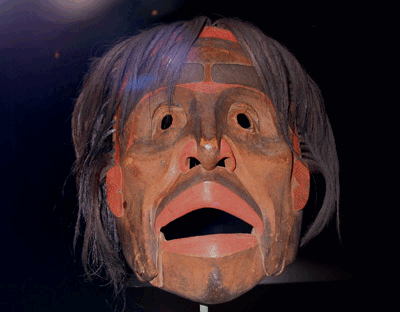

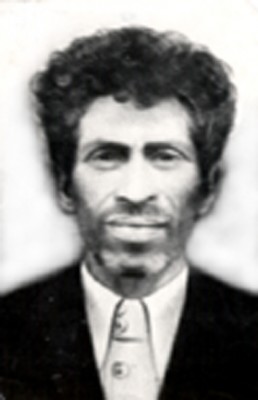 grandmother had.
grandmother had. 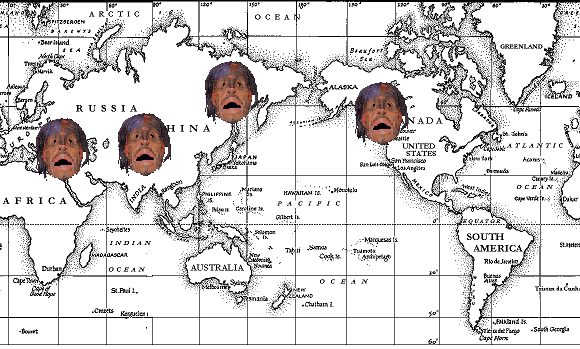
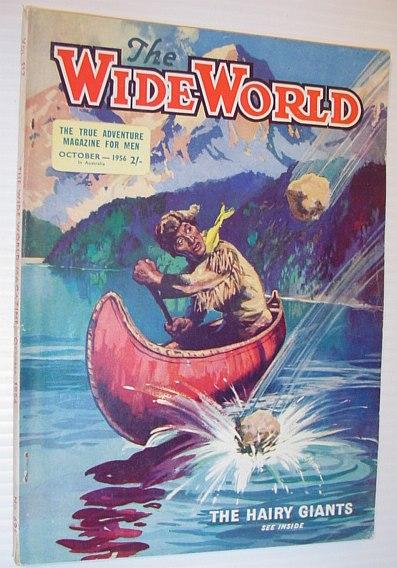 If the uncannily similar descriptions of the Salish Indians (Indians of the Saskahaua), the people of Yakut and Siberia, are accurate then it seems as if such a people have moved through the entire region of Eurasia and even crossed the Bering Strait into America.
If the uncannily similar descriptions of the Salish Indians (Indians of the Saskahaua), the people of Yakut and Siberia, are accurate then it seems as if such a people have moved through the entire region of Eurasia and even crossed the Bering Strait into America.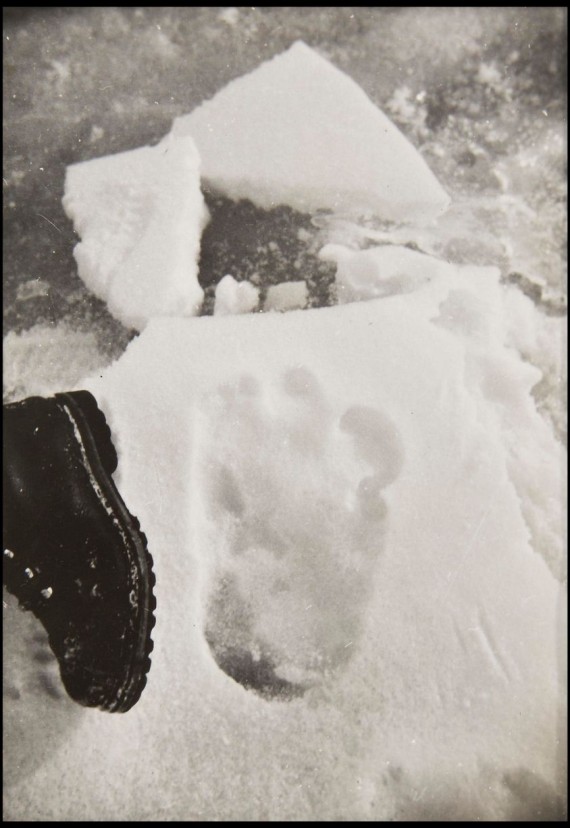 some reason as a society we fell in love with the idea of a living missing link. An Ape Man, a subhuman, a hominid-- call it what you will-- the whole idea was tantalizing.
some reason as a society we fell in love with the idea of a living missing link. An Ape Man, a subhuman, a hominid-- call it what you will-- the whole idea was tantalizing. 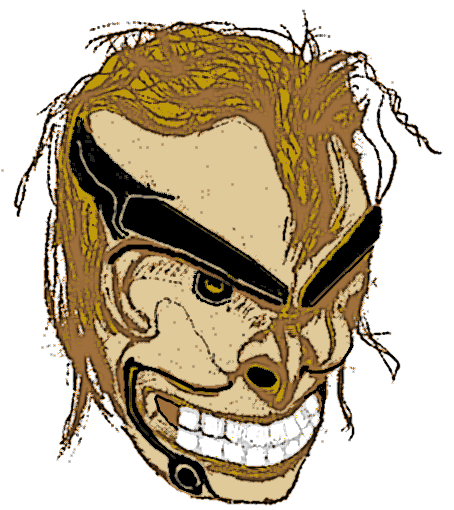 encounter, “there was nothing to distinguish him from the rest of us.”
encounter, “there was nothing to distinguish him from the rest of us.”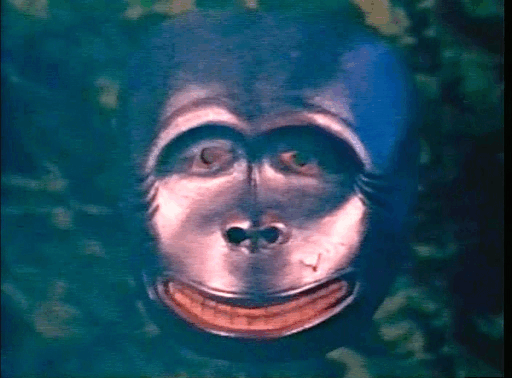
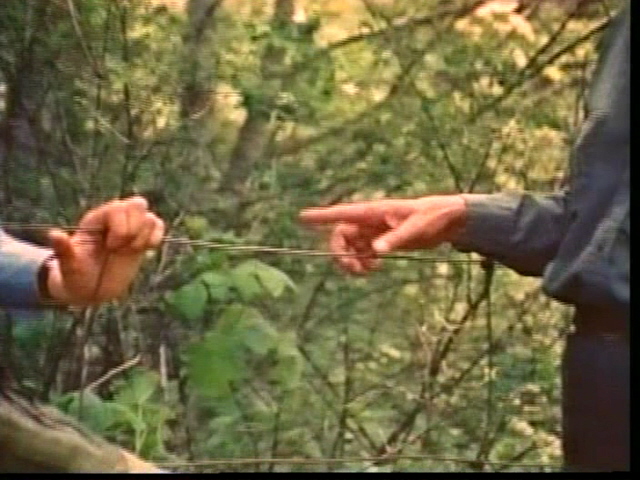 Chapman had said. She had said a huge Sasquatch had come out of the forest and approached the farm. Together Tyfting and Dunn found strange footprints coming out of the forest line. The footprints had circled the farm house. A barrel of salted salmon had been broken into. From there the Sasquatch went to the river, where, as John Green, a Sasquatch pioneer, later deduced, he washed the salt off his mouth. Then he walked away from the farm and stepped over a Canadian Pacific Railroad fence, which is 43 inches tall. One footprint was on one side of the fence, the other on the other side. This gives us an ape-like primate with an inseam of at least 45 inches.
Chapman had said. She had said a huge Sasquatch had come out of the forest and approached the farm. Together Tyfting and Dunn found strange footprints coming out of the forest line. The footprints had circled the farm house. A barrel of salted salmon had been broken into. From there the Sasquatch went to the river, where, as John Green, a Sasquatch pioneer, later deduced, he washed the salt off his mouth. Then he walked away from the farm and stepped over a Canadian Pacific Railroad fence, which is 43 inches tall. One footprint was on one side of the fence, the other on the other side. This gives us an ape-like primate with an inseam of at least 45 inches.